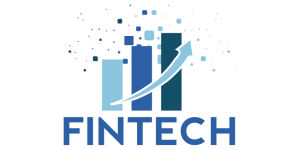The trend toward simplifying digital healthcare in 2022 is due to the fact that there is no worse sensation for a sick person than having to handle a dozen healthcare applications, portals, and payments in order to get better.
As healthcare costs climb at a time when consumers can least afford them, the conventional approach of managing high-deductible health plans and big out-of-pocket balances using things like health savings accounts (HSAs) is becoming more and more of a stretch for households in every income sector.
The strongest point solutions will be able to exist alongside large marketplaces that lessen the burden of healthcare on consumers from diagnosis to payment, according to certain predictions of a near-term consolidation in the digital healthcare industry.
Electing the HSA route According to him, it does not always apply to the average American who cannot afford unexpected medical expense. New business models that are only concerned with helping customers save money are always developing, whether it be the GoodRxs of the world or the Mark Cuban Cost Plus Drug Company from a manufacturing perspective.
Businesses like Lynx are embracing the FinTech-as-a-Service for Healthcare paradigm to simplify payments and point solutions using a platform-based approach. Additionally, he believes that as healthcare becomes more individualized for patients, doctors will embrace it more.
Webster was made fun of by Renfro when he said that Lynx’s “mystery partner” connects positive actions to consumer benefits like cash back. Renfro added, “a partner we’re not authorized to identify at this moment.” He sees this as the beginning of more patient-centered care and payment options in the future.











